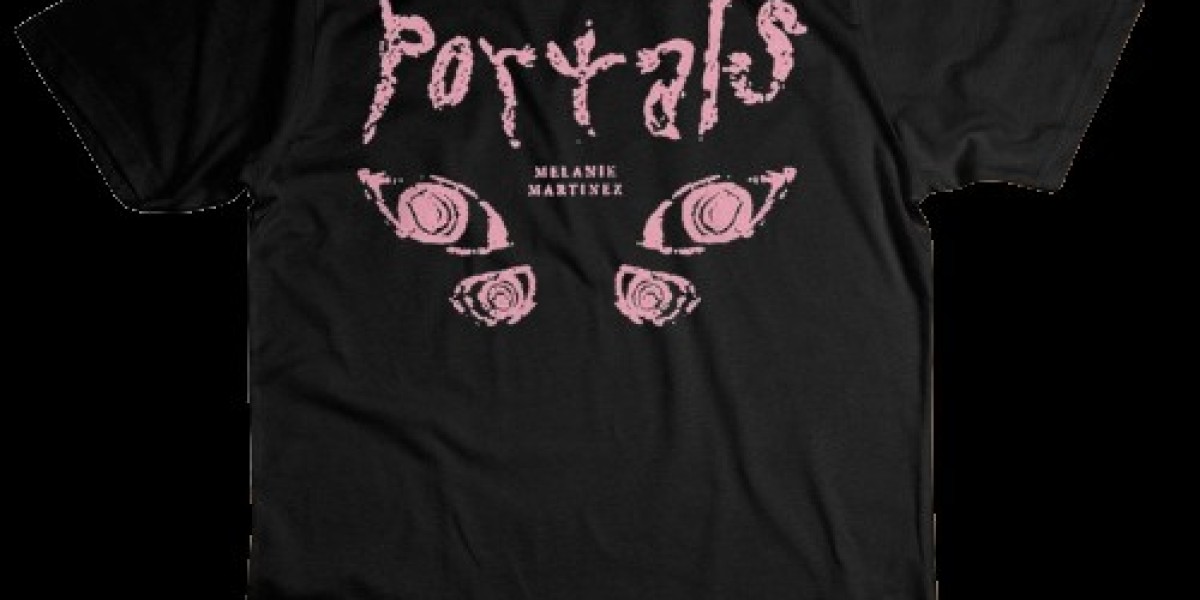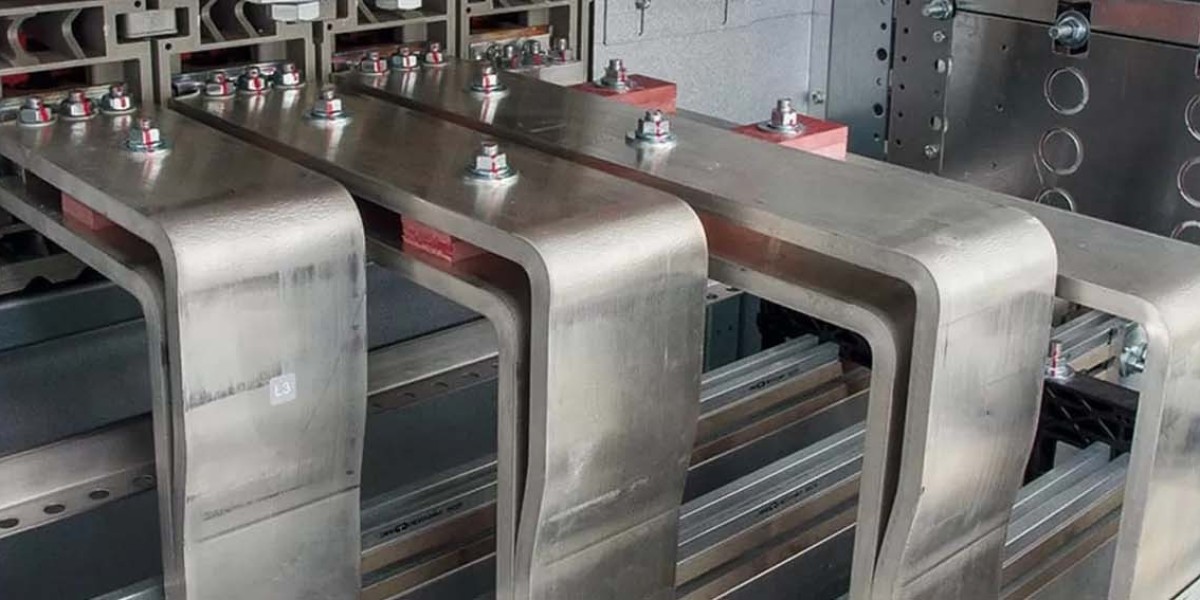Chronic pain is a persistent issue that can significantly impact an individual’s daily life. Whether it’s a result of past injuries, degenerative conditions, or ongoing stress on the musculoskeletal system, chronic pain requires more than just temporary relief. Advanced physiotherapy treatments offer an effective path to managing and potentially overcoming long-standing discomfort. Below are some of the top solutions that modern physiotherapy clinics employ to help patients find lasting relief.
1. Manual Therapy Techniques
Manual therapy is often the cornerstone of advanced physiotherapy. This hands-on approach includes joint mobilizations, soft-tissue manipulation, and specialized stretching routines. Skilled physiotherapists use these techniques to release muscle tension, improve joint range of motion, and enhance circulation. Over time, these changes can reduce pain signals, making daily activities easier and more comfortable.
2. Therapeutic Exercise and Movement Retraining
Exercise is a powerful tool in the battle against chronic pain. Physiotherapists design targeted exercise plans tailored to each patient’s needs, focusing on strengthening weak areas, improving flexibility, and correcting muscle imbalances. Whether it involves resistance bands, bodyweight exercises, or specialized equipment, the goal is to restore functional movement patterns and prevent re-injury. Movement retraining further refines posture and biomechanics, helping individuals move more efficiently and reducing strain on affected areas.
3. Dry Needling and Acupuncture
While these two treatments have different historical backgrounds—dry needling is rooted in Western medicine, whereas acupuncture has Eastern origins—their modern application can offer similar benefits. Both involve inserting very thin needles into specific points or trigger areas to alleviate muscle tension and improve blood flow. Dry needling targets myofascial trigger points to release tension, while acupuncture focuses on stimulating pressure points to balance the body’s energy flow. Patients often report reduced pain, improved mobility, and enhanced relaxation after regular sessions.
4. Shockwave Therapy
Radial shockwave therapy (RSWT) or extracorporeal shockwave therapy (ESWT) is an advanced, non-invasive treatment that directs high-energy sound waves into areas of chronic pain. These pulses help break down scar tissue, promote collagen production, and improve blood circulation. Commonly used for stubborn cases like plantar fasciitis or tendonitis, shockwave therapy can accelerate tissue repair and significantly reduce pain without the need for surgery or prolonged downtime.
5. Laser Therapy
Low-level laser therapy (LLLT) is another increasingly popular option. By applying low-intensity light to the affected areas, laser therapy stimulates cellular activity and accelerates tissue repair. It can help reduce inflammation, promote collagen production, and relieve chronic pain conditions like arthritis or chronic back pain. Sessions are often brief and painless, making laser therapy a convenient addition to a comprehensive treatment plan.
6. TENS and Electrical Stimulation
Transcutaneous Electrical Nerve Stimulation (TENS) machines and other electrical stimulation devices send mild electrical pulses through the skin, targeting muscle fibers and nerve pathways. These pulses can temporarily block pain signals or encourage the release of endorphins—the body’s natural painkillers. Many physiotherapy clinics incorporate electrical stimulation to complement other treatments, providing an additional layer of relief for chronic pain sufferers.
7. Education and Lifestyle Modifications
Finally, a crucial component of advanced physiotherapy is patient education. Therapists teach individuals about ergonomics, activity pacing, and stress management to minimize flare-ups. Adjusting daily habits—like workstation setup, sleeping positions, or exercise routines—helps prevent repetitive strain on vulnerable areas. Physiotherapy isn’t just about quick fixes; it aims to equip patients with the knowledge and strategies to manage pain and maintain a healthier, more active lifestyle.
Chronic pain can feel overwhelming, but modern physiotherapy has evolved to offer a variety of evidence-based solutions. By combining manual therapy, targeted exercises, innovative technologies, and lifestyle guidance, individuals can often achieve meaningful and long-term relief. If you’re battling persistent discomfort, consider consulting a specialized physiotherapist who can tailor an advanced treatment plan to fit your unique condition, ultimately leading you toward a more pain-free and fulfilling life. Schedule your physiotherapy session in Midlands today conveniently through our website.



